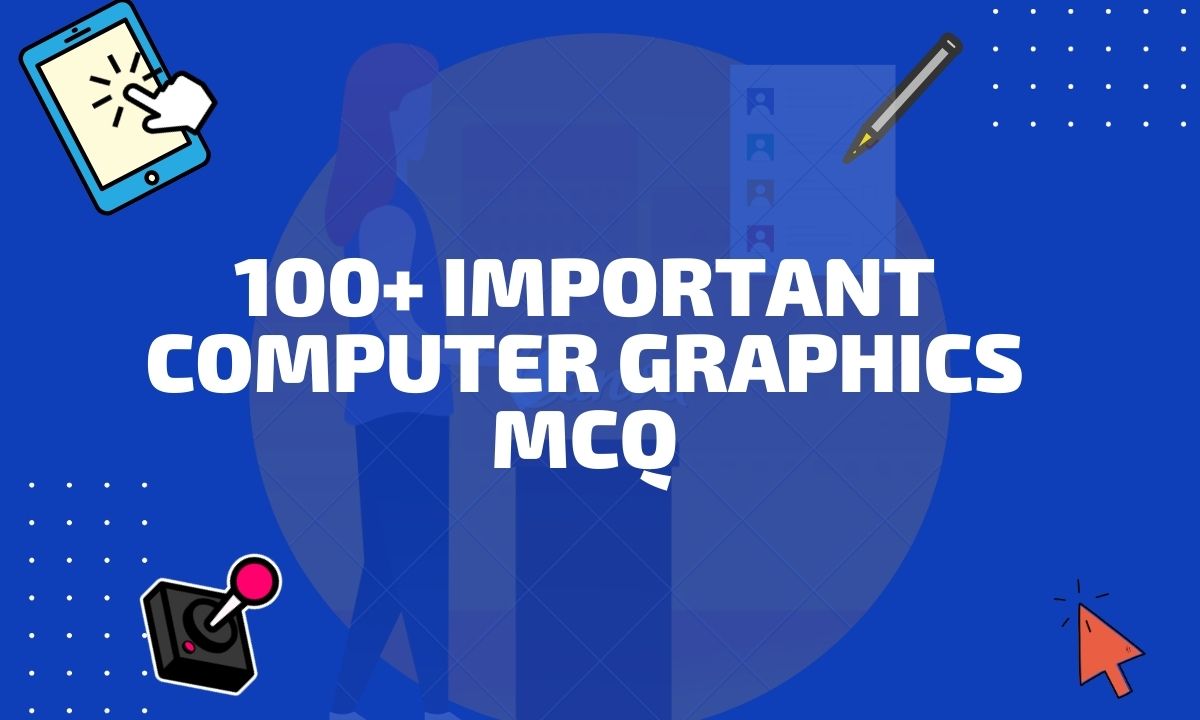The Information Highway
Iway or Information superhighway is a telecommunications infrastructure or system (such as television, telephony, or computer networks) used for extensive and typically rapid access to information is known as an information superhighway.
“The information superhighway revealed what some nerd believes about Star Trek to the common citizen.”

What is the information superhighway, and how does it work?
A telecommunications infrastructure or system (such as television, telephony, or computer networks) used for extensive and typically rapid access to information is known as an information superhighway. Throughout the 1990s, the term “information superhighway” or “infobahn” was commonly used to refer to alphanumeric communication technologies as well as the Internet telecommunications network. It has something to do with Al Gore, a former United States Senator who later became Vice President of the United States.
The future of information technology is Information Superhighways.
People from all walks of life are being drawn into a global information superhighway by the information superhighway revolution. The Internet is a global platform that connects hundreds of networks all over the world. Users can access a wide range of information on the Internet. It is regarded as a platform for people to share global knowledge resources. The resources are so wide that many of us are unable to fully comprehend or comprehend the I-ways. It has evolved into a ‘global information library,’ allowing users to join in group discussions, search for content, and so on. It’s commonly described as a hybrid ecosystem that includes postal services, citizen’s band radio, libraries, and neighborhood community centers where we may socialize.
Read also: Application areas of computer graphics
Components of iway
Iway is made up of three main components Network Access Equipment, Local Roadmaps, and Global Information Distribution Networks.
1. Consumer access equipment
These are the devices located at the consumer’s end and allow them to connect to the network. They can be desktop computers, laptops, tablets, or smartphones. The server also comes into the access equipment because it helps to access data with the help of the internet.
2. Access Road or media
It can be easily understood as a communication line. It is the infrastructure that helps to connect computers and servers to the internet. Serve as a communication backbone for data and information transmission. It includes things like cables, routers, and switches that transmit data between devices. Telecom-based cable TV-based, wireless-based, or computer-based online systems are the four types of access providers.
3. Global information distribution networks
These networks provide the infrastructure for connecting people and information across countries and continents. These also include network protocols. Protocols are the rules and standards that govern how devices communicate over the internet. The most well-known protocol is the Transmission Control Protocol/Internet Protocol (TCP/IP). TCP/IP specifies how data is packaged and transmitted over the internet, as well as how devices address and route data to each other. Long-distance telephone lines, satellite networks, and the internet are examples of these networks.
Components of iway in ecommerce
In e-commerce, the components of the “Information Super Highway” (also known as the internet or iway) include:
- E-commerce websites: These are websites that allow businesses to sell products or services online. E-commerce websites typically have features such as a shopping cart, checkout process, and payment gateway.
- Payment gateways: These are secure online platforms that facilitate the transfer of funds between a business and a customer. Payment gateways are used to process credit card transactions and other forms of online payment.
- Inventory management systems: These are software systems that help businesses track and manage their inventory. They can be used to monitor stock levels, generate reports, and automate reordering processes.
- Shipping and fulfillment systems: These are systems that handle the physical delivery of products to customers. They may include warehouse management systems, shipping carriers, and delivery tracking systems.
- Customer relationship management (CRM) systems: These are systems that help businesses manage interactions with their customers. They can be used to store customer data, track customer activity, and generate reports.
- Security measures: E-commerce businesses must implement security measures to protect sensitive data, such as customer credit card information and personal data. This can include things like secure sockets layer (SSL) encryption, firewalls, and fraud prevention systems.
The Internet’s Benefits as an Information Superhighway
- E-journals and e-books are among the information sources available on the Internet.
- It becomes a useful tool for gaining access to a large volume of data in a short period of time.
- It provides access to not only plain texts, but also audio, video, and images.
- It allows the researcher to access online sites as well as read citations and supporting data, allowing for a more collaborative approach to study.
The I-way is shaped by public policy issues.
1. Price
Who should foot the bill for the I-way construction? the way some people prefer the interstate information highway model, in which the government builds, owns and maintains the iway. Others are in favor of the current controlled phone system.
2. Privacy and Data Protection
Addressing concerns related to the collection, storage, and sharing of personal data by online platforms and ensuring individuals have control over their personal information.
3. Subsidies
Subsidies are a type of subsidy. Subsidies, tax incentives, government contracts, and other sorts of encouragement may be hoped for by developers. What will be subsidized by these tax breaks? This issue has yet to be resolved.
4. Local Infrastructure Access
Local infrastructure is a question of local policy and investment inside a country, and it is the area with the most disparities between countries. The discrepancy in data communications settings between developed and developing countries is a cause of operational annoyance for enterprises and has an impact on international connections. State-owned telecommunications companies control both domestic and international communications in various countries. There, obtaining a direct link to a given place is exceedingly difficult, and the usage of an expensive Telco-operated network is sometimes required.
5. Restrictions
Some free-market advocates believe that if a roadway is built using private cash, there is no need for government oversight. Some think that highway operators should compete openly, but that they should be regulated to ensure public access, privacy, and appropriate tools. What exactly are the guidelines? Who is the author of them? Who is responsible for enforcing them? These subjects are still up for discussion which is more like a debate.
6. Accessibility for All
Equal access is likely to involve cable and phone companies installing updated networks to service certain customers at below-cost rates and to extend lines to areas where other technologies (such as a satellite) make more sense. Some argue that highway companies must provide universal access at a fair price. Non-profit groups may not be able to afford to connect to the I-way if it is built and maintained by private interests without major government funding. It’s still unclear whether universal access is national or international.
Cyberspace is regarded as a symbol of freedom of expression and democracy. The Internet provides interesting problems and policy issues for many strongly religious countries where free expression is prohibited. The Internet creates numerous issues in other nations where women have been denied a voice and access to media for many years (the Internet does not discriminate between gender).
Drawbacks of Iway
- The variety of information makes it tough to decide which type of information to use.
- Results may be unpredictable due to restricted search engines and the way web pages were constructed, and it would be tough to search efficiently most of the time.
- The internet tends to leave out vital information.
- Web pages are insecure in the sense that they lack permanence and, at times, disappear entirely.
- Some internet information is restricted, requiring the researcher to subscribe or register.
Conclusion
As a result, Information Superhighways enable individuals all over the world to communicate and access information simultaneously. On the other hand, it has drawbacks in that it sometimes has limited access to millions of pieces of information, and because of the varying quantities of information available, it might be difficult to choose which pieces of information to use. As a result, information technology, like practically everything else around us, should be handled with extreme caution and accountability, given its capabilities and flaws.



